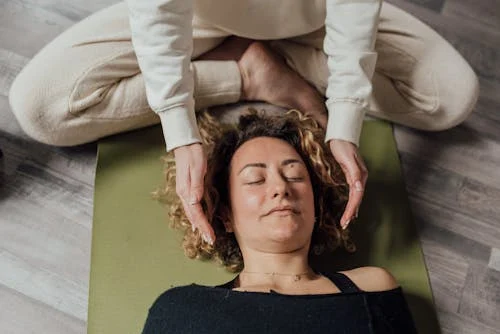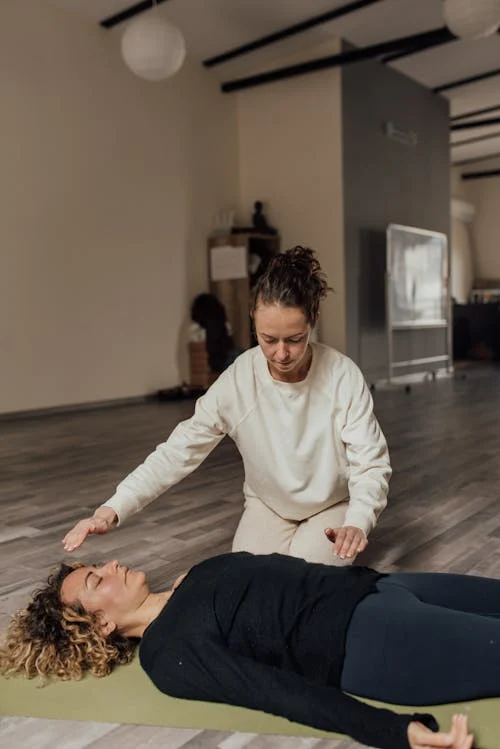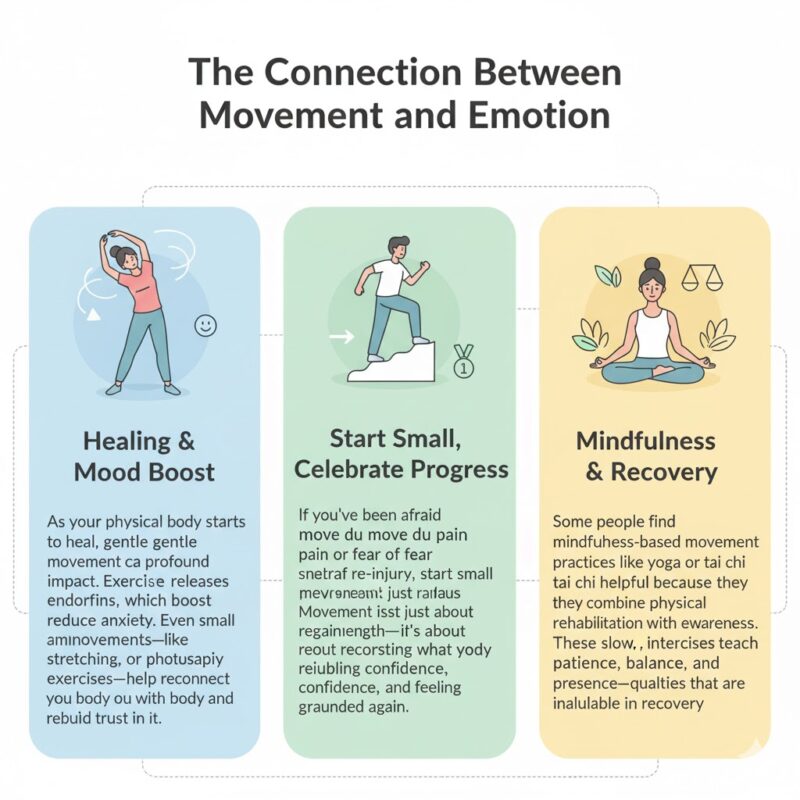Blog
The Emotional Side of Physical Healing

When people think about recovery, they usually focus on the physical aspects—how long it will take for the wound to close, when the pain will fade, or when movement will return. But healing is never purely physical. The emotional journey that comes after an injury, illness, or surgery is just as significant, and in many ways, it shapes how well and how quickly the body recovers.
Healing changes your daily routines, your sense of independence, and sometimes even your identity.
It can test your patience, shift your priorities, and bring buried emotions to the surface.
Understanding this emotional side of recovery—and learning how to support it—is one of the most important steps toward full wellbeing.
More Than Just the Body
Let’s say you’ve had hand surgery Perth specialists commonly perform to restore function after an injury. On paper, recovery might sound straightforward—rest, physiotherapy, gradual movement, and patience. But in real life, the process is layered. Suddenly, you can’t use your hand the way you once did. Everyday activities like cooking, typing, or even dressing become frustrating. You might feel helpless, impatient, or even embarrassed asking others for assistance.
- These feelings are normal. They’re part of the brain’s natural response to change and uncertainty.
- Yet many people downplay them, believing that physical recovery should come first and emotional wellbeing can wait.
- The truth is, the two are deeply intertwined—your emotions influence your healing more than you might realise.
How Emotions Affect Physical Recovery

The mind and body communicate constantly. When you’re stressed or anxious, your body releases hormones like cortisol and adrenaline. In small doses, these chemicals help you respond to danger—but when stress becomes chronic, they can slow healing, weaken your immune system, and increase inflammation.
On the other hand, positive emotions such as hope, calmness, and gratitude release endorphins and oxytocin, which promote relaxation and cellular repair. Studies have shown that patients with a positive outlook or strong emotional support network often recover faster and experience less pain.
That doesn’t mean you have to be cheerful all the time. It simply means that acknowledging and processing your emotions—rather than ignoring them—creates a healthier environment for the body to heal.
Grieving the “Old You”
One of the hardest parts of recovery is accepting temporary or permanent changes to your body. When you can’t move, work, or live the way you did before, it can feel like losing a part of yourself. This is a form of grief, and it’s completely natural.
You might miss your independence, your fitness routine, or even something as small as carrying your morning coffee without thinking twice.
Denying these feelings often leads to frustration or depression. But allowing yourself to grieve gives you space to adapt and find a new rhythm.
Try reframing your situation: instead of focusing on what you can’t do, focus on what you can. Maybe you’re discovering new hobbies, slowing down enough to rest properly, or appreciating the support of loved ones in ways you hadn’t before.
The Role of Fear and Uncertainty
After an operation or injury, fear is a natural companion. You might worry about re-injury, pain returning, or whether you’ll ever be “normal” again. This fear can make you hesitant to move or engage in rehabilitation exercises, which ironically can delay physical recovery.
Addressing these fears starts with honest communication.
Talk to your doctor or physiotherapist about what’s safe, and ask them to explain what normal discomfort looks like versus what could indicate a problem. Knowledge replaces fear with confidence.
You can also use mindfulness techniques—like deep breathing or guided visualisation—to calm your nervous system when fear feels overwhelming. Remember: the goal isn’t to eliminate fear but to learn how to move through it.
The Frustration of Slow Progress
Healing rarely happens in a straight line. There are good days when you feel strong and hopeful, followed by days when fatigue or pain seem to erase your progress. This emotional rollercoaster can be exhausting.
Frustration is one of the most common emotions during recovery, especially for people used to being active or independent. It’s easy to forget that healing is happening beneath the surface, even when you can’t see it. Cells are repairing, tissues are strengthening, and your body is adjusting.
Setting small, realistic goals helps shift your focus from what’s far away to what’s achievable right now. Celebrate simple milestones: fewer painkillers, better sleep, or improved mobility. These small victories are signs of progress, even if they don’t feel dramatic.
The Power of Support Networks
Emotional healing doesn’t happen in isolation. Whether it’s family, friends, support groups, or healthcare professionals, surrounding yourself with people who understand what you’re going through makes recovery easier.
Sometimes, support looks like practical help—someone driving you to appointments or helping with meals. Other times, it’s emotional: a listening ear when you’re feeling discouraged, or a gentle reminder to rest when you’re pushing too hard.
If you don’t have a strong network nearby, consider joining an online support group related to your condition. Talking to others on a similar journey can make you feel less alone and provide valuable tips from people who’ve been where you are.
The Role of Self-Compassion
Many people are kinder to others than they are to themselves. During recovery, that harsh inner critic can become particularly loud: “I should be healing faster,” “I’m useless right now,” or “I’m letting people down.”
Self-compassion is the antidote. It means treating yourself with the same patience and understanding you’d offer a friend in your situation. You wouldn’t tell someone else to “just get over it”—so why say that to yourself?
Try replacing self-criticism with curiosity: instead of asking, “Why am I not healing faster?” ask, “What does my body need from me today?” That small shift turns frustration into empathy and helps reduce emotional tension.
The Connection Between Movement and Emotion

As your physical body starts to heal, gentle movement can have a profound emotional impact. Exercise releases endorphins, which boost mood and reduce anxiety. Even small movements—like stretching, walking, or physiotherapy exercises—help reconnect you with your body and rebuild trust in it.
Healing Through Routine and Purpose
During recovery, days can start to blur together. Without your normal routines,
it’s easy to feel restless or aimless. Re-establishing structure—even in small ways can bring comfort and stability.
Acceptance and Transformation
Healing isn’t just about returning to who you were—it’s about evolving into someone new.
The process often teaches resilience, patience, and empathy that weren’t as strong before. You may come out of it with a deeper appreciation for your body and its strength.
The emotional side of physical healing can be challenging, but it’s also profoundly human. When you give your emotions the same care and attention you give your body, recovery becomes more than just mending—it becomes renewal. Through self-awareness, compassion, and patience, you don’t just heal—you grow.
